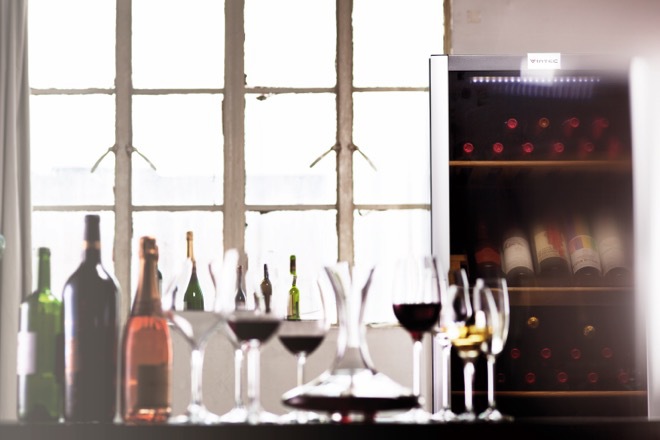Site selection – the task of finding a place to build your dream home – will require a great deal of thought for your needs today and into the future
Selecting a site on which to build your home is more than just about the old real estate adage of location, location, location. A home is more than a piece of merchandise. Unless you’re an investor in the market and plan to build, sell and move on, finding the ideal place to build and live is an important decision for so many reasons. Creating a place to call home where you may want to raise a family or live close to family and friends requires much thought and research in site selection to ensure your home will be somewhere you’ll want to spend many happy years.
When looking for the ideal site here are some questions to ask yourself before you take the final step to secure your piece of paradise.
Site selection will always have its challenges. Can you afford where you want to live and does the climate suit you? Is it a new sub-division without much current infrastructure or is it an established area? Is there good public transport and easy access to where you work; are there good schools and is the environment healthy and pleasing? Does the location offer quality lifestyle options such as cycleways, parks and gardens, recreational facilities, easily accessed shops and public services? Are there conservation or building restrictions, which may affect the style of house you wish to build. Does the location suit your current lifestyle, and will it continue to do so as you age?

Then of course you must decide on the size of house you need. Do you really require that home cinema or rumpus room or could that space be better utilised as additional outdoor area to enjoy healthy family time and entertaining? Is there the option to extend (up or out) later if intergenerational living is foreseen without impacting on your site or the amenity of your neighbours? Will your design and materials impact negatively on the streetscape; so important in established neighbourhoods. There’s nothing more jarring than seeing the McMansion packed tightly against a lovely home in a garden suburb where sadly, no heritage or building restrictions are in place.
The size of your land also has implications. The larger the block, the more landscaping and maintenance may be required but can also allow for recreational facilities such as a swimming pool and a ‘cricket pitch’ for the kids, a place to sit under a tree and have morning tea or an evening drink, and for the home gardening enthusiast, a vegetable garden, bee hive, water tanks and composting area for organic kitchen and garden waste. Providing your home with a fresh supply of herbs and veggies, fruit and flowers is a lovely way to bring nature inside.
Does your site have other challenges such as steep access and hence challenging building conditions; drainage/slip issues, flora and/or fauna protection, tree conservation, bushfire risk or flood? Can your proposed design take advantage of the existing site or will there need to be major, costly, ground works? Check that your site is not affected by stormwater runoff from neighbouring properties or underground water sources. A geotechnical report could be a good idea prior to buying and building to alert you to any possibly issues.
Is there good solar access and can you build your house to take advantage of a north-facing aspect and passive design principles to keep your house cool in summer and warm in winter? Does your site and design allow for good connection between indoor and outdoor spaces and will your design provide privacy and amenity between you and your neighbours? The saying good fences make good neighbours is true but you don’t want to create a fortress between them and you – unless you live in a heavily built-up and busy area.
The best houses to build and areas to live in are those that improve with age and which have been futureproofed to allow for change. The average Australian house is designed to last around fifty years. I believe they should be designed to last much longer. My house is more than 120 years old and while it may not have had the advantages of many contemporary amenities, it was certainly well built and able to be retrofitted to bring it up to today’s living standards without changing its footprint or removing too much of its original character; and I expect it to be standing for many years to come.
Want more new homes advice? Visit our Expert advice section
Written by Kate St James
Originally in Home Design Magazine











